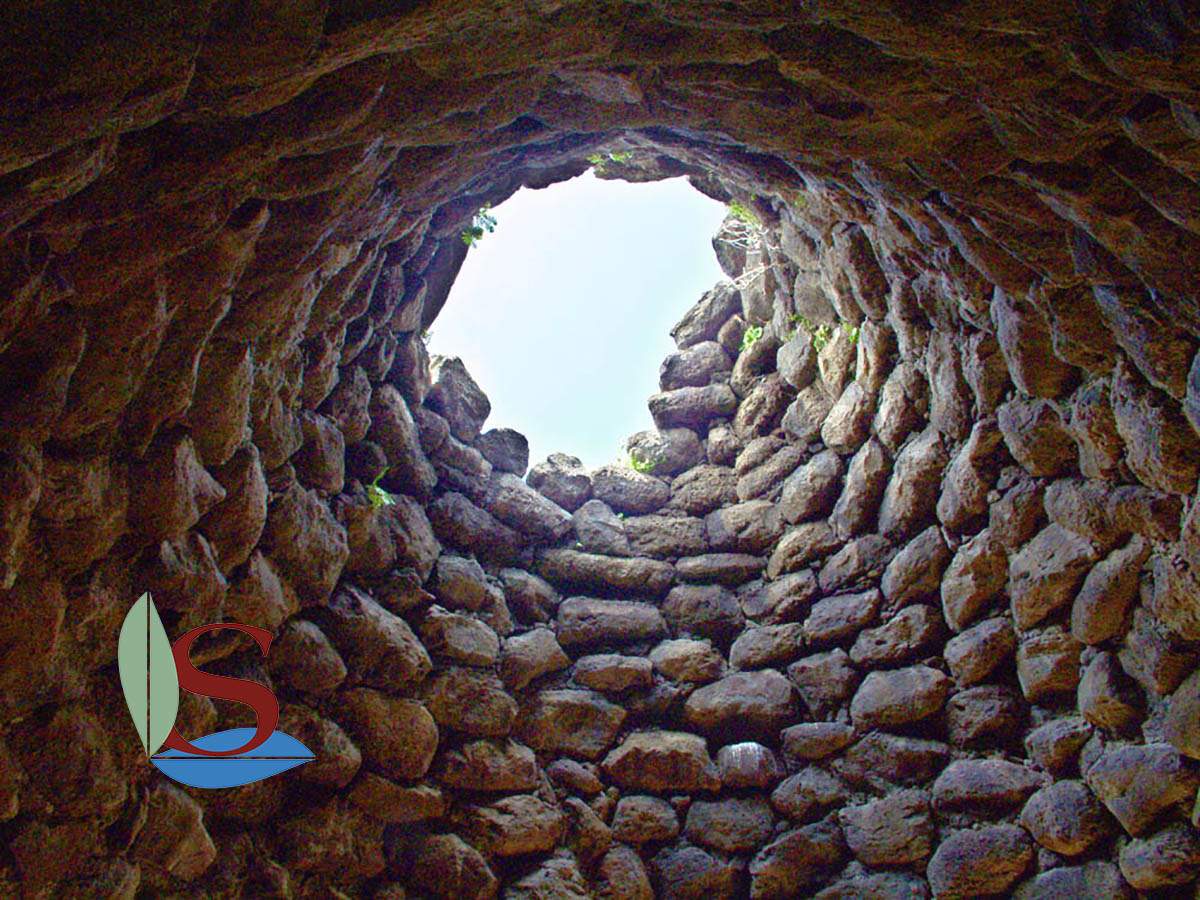In the valley of the Tirso, in Fordongianus, we find the ancient 'Forum Traiani', in Roman times, the most important city of inner Sardinia.

In the valley of the Tirso, in Fordongianus , we find the ancient 'Forum Traiani', in Roman times, the most important city of inner Sardinia, which was headed by the fortified system created to contain the incursions of the barbarians. Remains the spa complex with a swimming pool that still collects the hot water of the thermal spring, the remains of the foundations of buildings and arcades.
The Roman town, mentioned for the first time in the work of the geographer Tolemy (I sec.aC), there was therefore already in the I sec. B.C. and its oldest name, Aquae Ypsitanae, made reference to the natural springs of hot water (that still flows at a temperature of 56 °), with large therapeutic properties. Due to this peculiarity, the city was from the beginning an important spa, but being situated on the border with the territories no Romanized became an important military garrison.
In mid-imperial age under Emperor Trajan (98-117 AD), took the name of Forum Traiani and became an important center of trade in goods, situated almost in the middle of the great street axis of the time, which connected Karalis to Turris Lybissonis and in close proximity to Tharros to the west.
To this period belong the remains of the Roman baths built between the I and III sec. A.C.. The spa consists of a system focused on "natatio" used for therapeutic purposes and one artificial heating (frigidarium, tepidarium, caldarium).
Not far from town is the charming church of San Lussorio, built by the Victorians monks in the twelfth century. Of great interest is the crypt below the church, which, with the deposition of the Martyr Lussorio, became a place of worship for the whole island.
Finally, dating back to '500, we find the so-called "Casa Aragonese", a rare example of a stately home at the time. Located in the centre of the village, is characterized by bright red trachyte local and decorative elements of Gothic-Aragonese.
The village is about a mile away from the Sardegna Grand Hotel Terme, the Roman Baths are at the foot of the hill while the church of San Lussorio is located about 2 km.